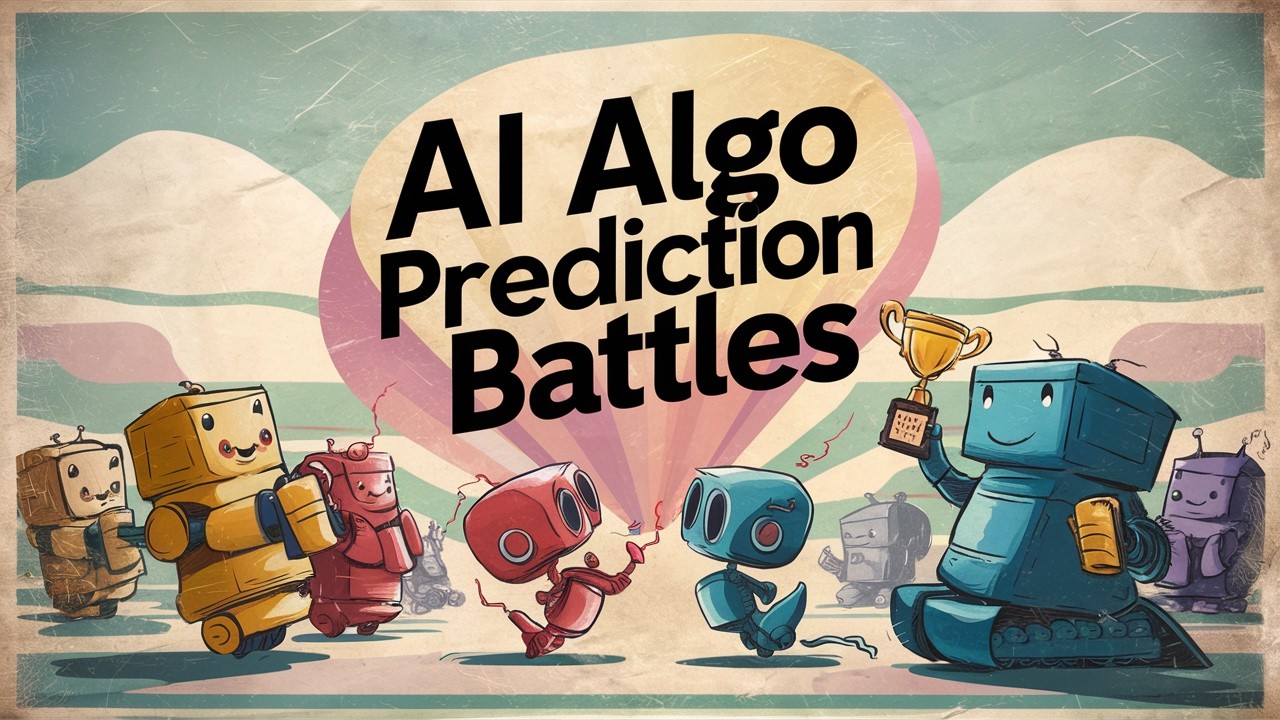The video presents a challenge where large language models (LLMs) attempt to predict algorithms that generate specific numerical sequences, with varying complexity, and tracks their performance across multiple attempts. The “O1 Mini” model excelled by successfully solving all five algorithms, while the presenter also shares insights on the implementation and encourages viewers to access the source code for further experimentation.
The video discusses a challenge involving large language models (LLMs) tasked with predicting algorithms that generate specific sequences of numbers. The challenge uses five increasingly complex mathematical algorithms, and the first ten numbers of each sequence are provided to the LLMs. If the models fail to predict the algorithm on the first attempt, they are given additional numbers from the series to improve their chances. The results of each model’s performance are recorded, and a comparison table is created to evaluate their effectiveness.
The presenter highlights that the “O1 Mini” model performed the best in the tests, successfully solving all five algorithms, while “O1 Preview” came in second. The testing process is conducted in parallel for efficiency, with each model undergoing three attempts. The video includes a sped-up demonstration of the testing process, showcasing how the models’ progress is tracked in real-time, including successes and failures.
The algorithms used in the challenge range from simple doubling methods to more complex sequences involving Fibonacci numbers and prime factorization. The presenter explains the logic behind generating these sequences, emphasizing the importance of maintaining bounded values within the algorithms. The models are evaluated based on their ability to replicate the original sequences, and the results are saved for further analysis.
The video also discusses the technical aspects of the implementation, including the use of Python functions to generate the sequences and manage the testing process. The presenter mentions that the source code for the project will be available on their Patreon, allowing others to explore and modify the code for their own experiments. The code is designed to be modular and easy to adapt, making it accessible for users interested in testing different models.
Finally, the presenter encourages viewers to consider becoming patrons to access additional resources, including courses on coding efficiently and one-on-one support. The video concludes with an invitation to explore the code and participate in the ongoing exploration of algorithmic capabilities using AI models. Overall, the challenge serves as an engaging way to assess the problem-solving abilities of various LLMs in a mathematical context.
